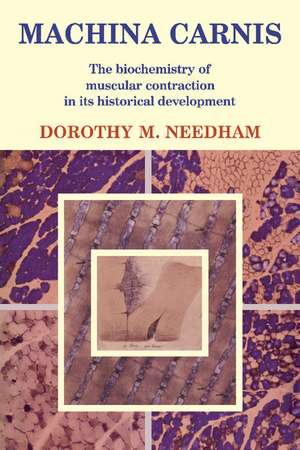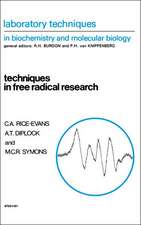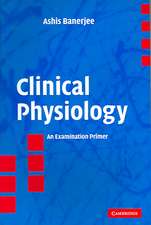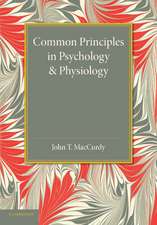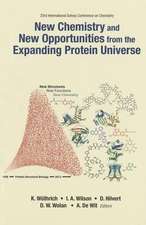Machina Carnis: The Biochemistry of Muscular Contraction in its Historical Development
Autor Dorothy M. Needhamen Limba Engleză Paperback – 3 iun 2009
Preț: 471.02 lei
Nou
Puncte Express: 707
Preț estimativ în valută:
90.14€ • 93.76$ • 74.42£
90.14€ • 93.76$ • 74.42£
Carte tipărită la comandă
Livrare economică 14-28 aprilie
Preluare comenzi: 021 569.72.76
Specificații
ISBN-13: 9780521112673
ISBN-10: 0521112672
Pagini: 820
Dimensiuni: 152 x 229 x 41 mm
Greutate: 1.08 kg
Editura: Cambridge University Press
Colecția Cambridge University Press
Locul publicării:Cambridge, United Kingdom
ISBN-10: 0521112672
Pagini: 820
Dimensiuni: 152 x 229 x 41 mm
Greutate: 1.08 kg
Editura: Cambridge University Press
Colecția Cambridge University Press
Locul publicării:Cambridge, United Kingdom
Cuprins
Preface; 1. Bringing muscles into focus: the first two millennia; 2. Muscle metabolism after the Chemical Revolution; 3. the relationship between mechanical events, heat production and metabolism; 4. The influence of brewing science on the study of muscle glycolysis; 5. The discovery of phosphagen and adenosinetriphosphate; 6. Adenosinetriphosphate as fuel and as phosphate-carrier; 7. Early studies of msucle structure and theories of contraction; 8. Interaction of actomyosin and ATP; 9. Some theories of contraction mechanism; 10. On myosin, actin and tropomyoson; 11. The sliding mechanism; 12. How does the sliding mechanism work?; 13. Excitation, excitation-contraction coupling and relaxation; 14. Happenings in intact muscle; 15. Rigor and the chemical; changes responsible for its onset; 16. Respiration; 17. Oxidative phosphorylation; 18. The regulation of carbohydrate metabolism for energy supply to the muscle machine; 19. A comparative study of the striated muscle of vertebrates; 20. Enzymic and other effects of denervation, cross-innervation and repeated stimulation; 21. some aspects of muscle disease; 22. Contraction in muscles of invertebrates; 23. Vertebrate smooth muscle; 24. Energy provision and contactile proteins in non-muscular functions; References.
Descriere
This book is an account of the centuries of experiment and speculation that have led to our understanding of how muscles work.
